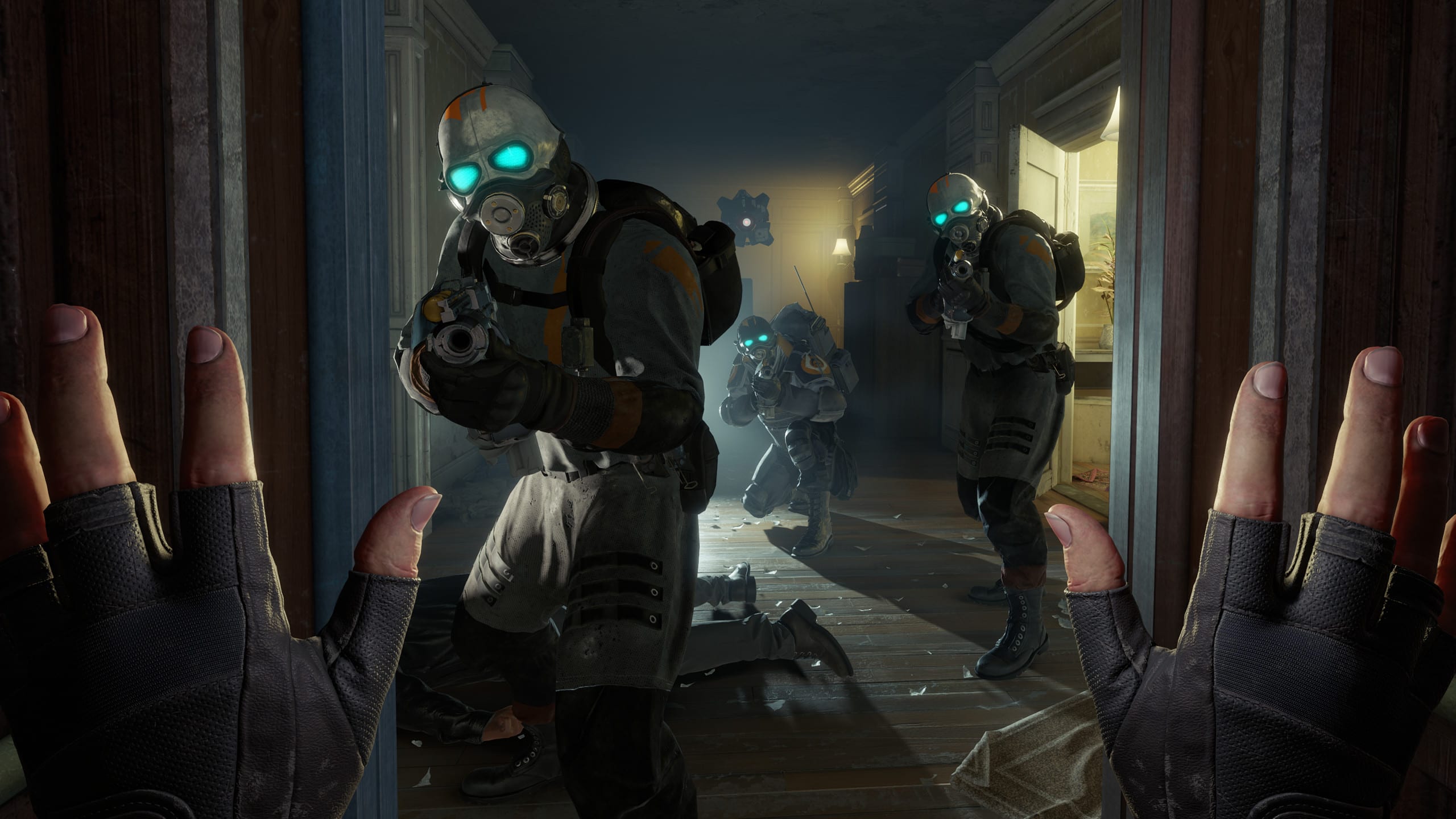Das Rennspiel Forza Motorsport 6 lässt sich perfekt mit Hilfe eines Lenkrads steuern. Im Vorfeld gilt es allerdings einige Einstellungen vorzunehmen, damit die Steuerung perfekt funktioniert. Nun hat Entwickler Turn 10 einen interessanten Wheel-Guide zu diesem Thema veröffentlicht.
Obwohl das Xbox One-exklusive Rennspiel Forza Motorsport 6 offiziell erst am 18. September 2015 erscheint, gibt es schon zahlreiche Spieler, die bereits einige Stunden in dem Titel verbracht haben. Da sich in Forza 6 das Level der Simulation und des Realismus problemlos anpassen lassen und somit auch Rennspielsimulations-Anfänger ihren Spaß haben dürften, empfiehlt es sich für ein ganz neues Fahrgefühl ein Lenkrad zu nutzen.
Damit Lenkrad und Forza 6 perfekt miteinander harmonieren, haben die Verantwortlichen von Entwickler Turn 10 nun einen entsprechenden Wheel-Guide veröffentlicht, den sich jeder Wheel-Benutzer zu Gemüte führen sollte.
So haben einstellbare Wheels Auswirkungen auf die Spieloptionen. Den kompletten Guide in der Originalversion findet ihr unterhalb dieser Zeilen:
Magischen Merch entdecken! ✨
Zauberstäbe, Deko & Sammlerstücke – jetzt auf Zauberkram.de. 🧙♂️
My name is Christian and I’m Gameplay Engineering Lead for Forza Motorsport 6. I also happen to be a fairly practiced Forza player since Forza Motorsport 1 (before I started working for Turn 10) and a wheel player since I got my hands on the Forza Motorsport 2 demo.
I’m writing this to help you understand more about how force feedback steering wheels work and why certain things are the way they are. After reading this, you’ll maybe have answers to questions you’ve had about Xbox One steering wheels and how to make the best out of them.
Our Force Feedback code was re-written for Forza 5 to work with the Xbox One and the new steering wheels. Then we took what we had from FM5 and spent quite a bit of time making improvements for FM6 as well as tweaking the effects for every wheel that is currently supported (more on that later).
We’ve spent time with every force feedback Xbox One wheel (Thrustmaster TX, MadCatz, Logitech G920, and the Fanatec ClubSport) to make sure we provide you with the best experience we can.
Force feedback design is a bit of an art and there are a lot of compromises involved. We generally approach it with an eye towards two main priorities: giving you an authentic experience, and giving you as much information as we can about what your car and tires are doing to help you perfect your driving.
For those who are not interested in the details and just want a good experience with a steering wheel, you can skim this post for the portions in bold for specific practical advice.
Let me start with a very high level (and a bit simplistic) overview of how things work when you player Forza with a steering wheel.
Your wheel (and pedals) have sensors. The sensors detect how much your wheel is turned and how far your pedals are pressed and send electric signals to the wheel’s own CPU running proprietary firmware.
The wheel’s brains then translate the electric signals from the sensors into a digital output that it sends to the Xbox One. For simplicity, let’s assume that the output goes something like „Wheel is turned 50% to the right“ or „Gas pedal is pressed 20%“.
This brings up a question: how does the wheel know how much electricity from the sensor corresponds to 50%? (or 10%, or 100%)?
If you have a Force Feedback wheel, you will have noticed that every time you power it up, the steering wheel rotates itself all the way to one end, and then all the way to the other. This is a calibration process that helps the wheel figure out how much electricity to expect from the sensors at each end of the range.
That calibration is how the wheel can accurately assess where the center is, and where 10% to the right or left is.
So because your force feedback wheel has motors than rotate the steering wheel, it can do this calibration on its own every time you start it. But what about the pedals? Those can’t move themselves.
The pedals, usually, still need calibration. So they rely on something else: every time you press the pedal, the wheel re-calibrates its understand of where the edges are. If you press really hard, you force the sensor to send its maximum electric signal, and the wheel’s firmware takes that to mean 100% gas/brake/clutch. It will, from there on out, translate all other signals from the same sensor as something in the middle between zero and that maximum.
There is an interesting conclusion here: if you never press the pedal very hard, the wheel can get confused about where the maximum (100% input) is. If the wheel only ever detects your very soft presses on the pedal, it may think that’s the max signal it can get from the sensor and translate all the other signals as a percentage of that max. The net effect is a very touchy pedal: e.g. when the maximum is 5, a very soft brushing of the pedal that registers a 1 is now 20% input.
This is where the advice to press your brake pedal hard three times after turning on your wheel hardware comes from: it helps the wheel calibrate its understanding of the sensor signals.
It’s worth noting that we haven’t yet talked about the game or the Xbox One. The above process all happens inside your wheel hardware. Neither the Xbox nor any game running on it has much to do with this part. So the above calibration process works at the hardware level and will work with any game, not just Forza.
So you’ve moved the wheel and pedals, the wheel translated your inputs and sent them to the Xbox One/Forza, what’s next?
The game now applies a little bit of logic to the message it received that says you’ve pressed the gas at 10%. This is to allow you to set deadzones and respect them in the game.
So let’s say you’ve set your deadzones on the „acceleration axis“ (read: gas pedal) to 5% on the inside and 95% on the outside (my personal setting). This means that Forza will ignore the first 5% of input on the gas pedal (so anything less than 5% gets translated to zero), and everything above 95% will get translated to 100%.
For values in the middle, say the 10% example above, we will simply map it to a new value between 0 and 100%. Let’s change the example and assume you’ve set your deadzones to 25% and 75% on the inside and outside respectively (not recommended). Why is this a bad idea?
Well, you have now effectively halved your resolution. Forza has to translate the 50 values between 25 and 75 and map them to a 0-100% input. So a 26 input now means 2% gas and 27 means 4% gas. Notice the problem? There is no way for you to apply 3% gas in this scenario. You’ve lost resolution (i.e. precision).
If deadzones make you lose precision, why use them at all? Well, no hardware is perfect, and if you set your deadzones to 0 and 100 (i.e. nothing), you may notice some phantom inputs being applied — a little bit of gas when you’re completely off the pedal or never being able to get to 100% gas.
This brings us to the next practical piece of advice: generally speaking, it’s best to set your deadzones on every axis to the minimum (as close to 0 on the inside and as close to 100 on the outside) you can get away with but no less. If you ever notice phantom inputs: increase your inside deadzone. If you press as hard as you’re comfortable with and still can’t get to 100%, increase your outside deadzone.
The telemetry view (down on the d-pad while driving) makes it easy for you to see the exact value of input you’re applying.
The same applies to your steering axis; if you find it hard to keep the car going straight, you may be having some electronic noise from the sensor registering a little bit of left or right input. You may add a bit of inside deadzone to compensate.
So what about degrees of rotation? For Xbox One Force Feedback wheels, the degrees of rotation are applied to the wheel hardware itself. So when you set your wheel to 900 degrees, Forza sends a signal to the hardware to ask it to restrict its range to 900 degrees. This makes sure that you get motor resistance when you reach the end of the rotation range, and the wheel hardware uses that knowledge to translate your input into a percentage.
So at 900 degrees of rotation (450 degrees to the right and 450 degrees to the left), the wheel will respond to a 225 degree right rotation by sending a (225/450=) 50% right signal.
Forza then takes that 50% right signal and translates it into a steering angle. We author every car in Forza with knowledge about how far the wheels can actually turn. Your input is then applied as a percentage of that. So if you’re driving a car whose wheels can turn 35 degrees, your 50% input is now 17.5 degrees (off the straight ahead point).
There are some interesting conclusions here. Different cars can have very different ranges of wheel rotation, generally speaking a street car’s front wheels will have a lot more range of rotation than a race car to allow for low speed maneuvering, parking, etc… (race cars don’t need to parallel park). At higher speeds, you actually don’t need (and shouldn’t) apply a lot of rotation to the front wheels.
So what happens when you drive a race car that has, say, 12 degrees of wheel steering in each direction with a 900 degree wheel? Your rather large 225 degree right rotation now translates to 50%, which is 6 degrees of wheel rotation on this particular car. That’s not a whole lot, and if you want to turn harder/sharper you’ll have to turn your steering wheel more. This would feel sluggish to most people. And it’s why real race cars usually have much quicker steering ratios than that: so that drivers don’t have to go hand over hand to get the car to turn.
The conclusion: find a degrees of rotation that strikes a balance between being slow enough to not feel twitchy and fast enough to let you turn lock to lock without having to take your hands off the wheel. If you’re looking for the the best, no compromise experience, you may want to switch between a higher degree of rotation setting when you’re driving street cars and a lower degree of rotation setting when you’re driving race cars to get the best of both worlds.
We’ve played a lot with these settings and found 540 degree to offer a fair compromise between the two extremes, and that’s why we’ve set that as the default setting in Forza Motorsport 6. In my own play, I generally keep it at then although every now and then I will go a little higher if a certain car feels too twitchy at 540. Forza Motorsport 6 saves your setting and applies it to the wheel every time you connect it (FM5 didn’t save that setting and you had to change it every time).
Note that Forza merely sends your degrees of rotation setting to the wheel to apply, the important conslusion here is that the wheel hardware and firmware can override/ignore that setting. This means that with wheels that allow you to set sensitivity or degrees of rotation on the hardware itself (e.g. Fanatec Clubsport), the wheel setting overrides the Forza setting. That’s why, for example, the Fanatec ClubSport v2 wheel has an „auto“ setting: this lets the hardware accept the settings from the game.
We’ve covered a lot about how your inputs work with a steering wheel and Forza. I will prepare another post that talks a bit more about the forces we apply to the wheel (the force feedback portion) and how that works. In the mean time, I’m happy to answer any questions you may have about steering wheels and Forza and will try to amend this post with answers to frequently asked questions.





